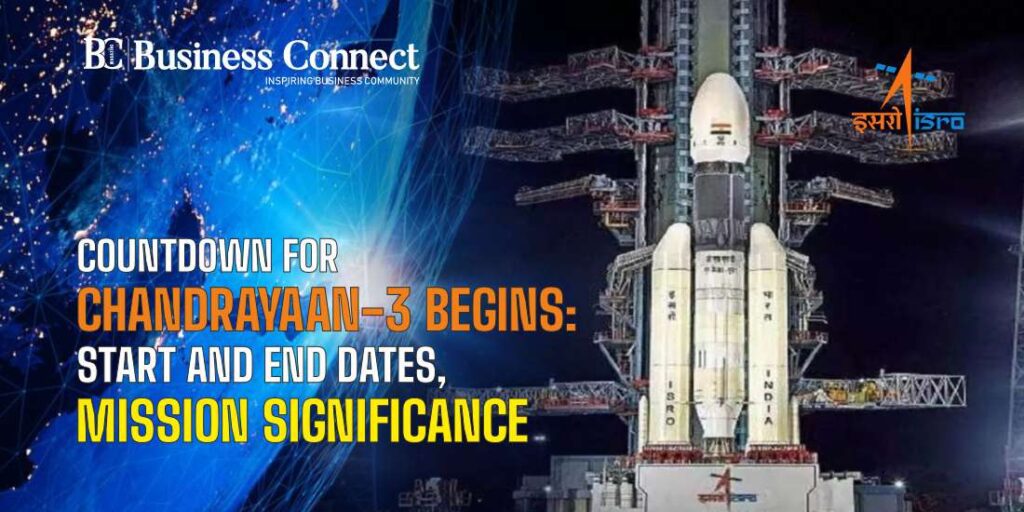Countdown for Chandrayaan-3 Begins: Start and End Dates, Mission Significance
Written by Sanjay Kumar
After facing four years of failure, the Indian Space Research Organisation (ISRO) is ready for its third lunar exploration mission, Chandrayaan-3, scheduled to launch on Friday, July 14 at 2.35 pm from the Satish Dhawan Space Centre in Sriharikota. This mission aims to make India the fourth country to achieve a successful spacecraft landing on the moon, showcasing the country’s ability to perform a safe and gentle landing on the lunar surface.
Chandrayaan-3 is ISRO’s follow-up attempt after the challenges encountered during the soft landing of the Chandrayaan-2 mission in 2019. The ISRO has concluded a “Launch Rehearsal” that simulated the entire launch preparation and process.
The mission will commence with a lift-off at 2.35 pm on Friday. Approximately 16 minutes after lift-off, the propulsion module is expected to separate from the rocket. It will then orbit the Earth in an elliptical cycle, completing around 5-6 rotations with its closest point at 170 km and farthest point at 36,500 km from the Earth. The module will gradually move towards the lunar orbit.
Once the propulsion module, along with the lander, gains sufficient speed, it will embark on a month-long journey towards the moon’s orbit, gradually approaching within 100 km of the lunar surface. The anticipated soft landing in the south pole region of the moon is expected to occur on either August 23 or 24, according to scientists at ISRO.
The selection of the moon’s south pole region is based on its larger size compared to the north pole, and the potential presence of water in the permanently shadowed areas surrounding it. After a successful landing, the rover, equipped with six wheels, will be deployed and is expected to function for approximately 14 days on the moon’s surface. The rover will capture images using its multiple cameras, providing valuable data.
Union Minister of State (Independent Charge) for Science and Technology, Jitendra Singh, mentioned that Chandrayaan-3 is a continuation of the Chandrayaan-2 mission and serves to demonstrate India’s capability in soft landing and roving on the lunar surface. He highlighted the significance of Chandrayaan-1, the first mission in the series, which discovered the presence of water on the moon’s surface, garnering global interest and influencing further experiments conducted by renowned space agencies like NASA.
Singh emphasized that Chandrayaan-3 represents a new level of achievement. The spacecraft will utilize the Launch Vehicle Mark-3, developed by ISRO, for its launch.



